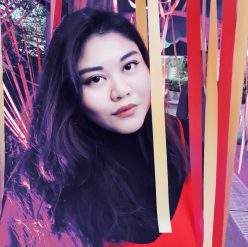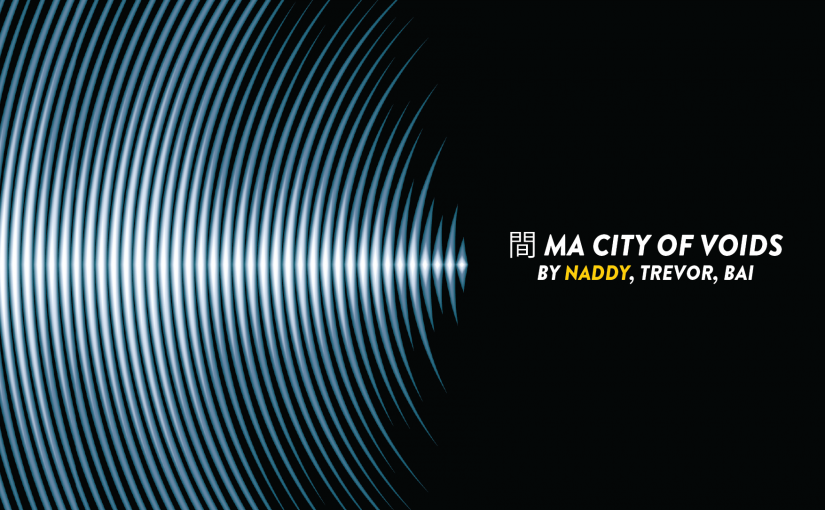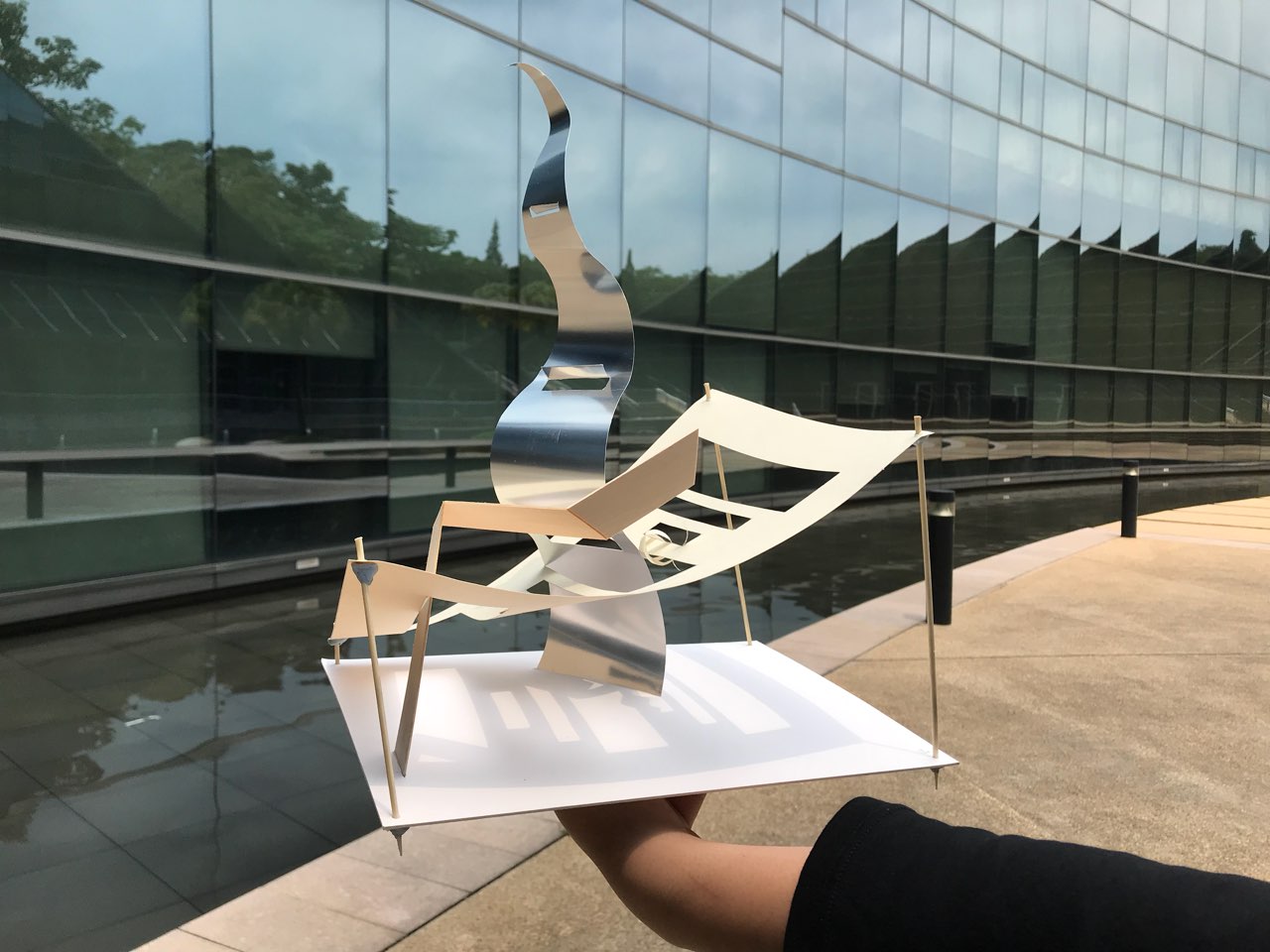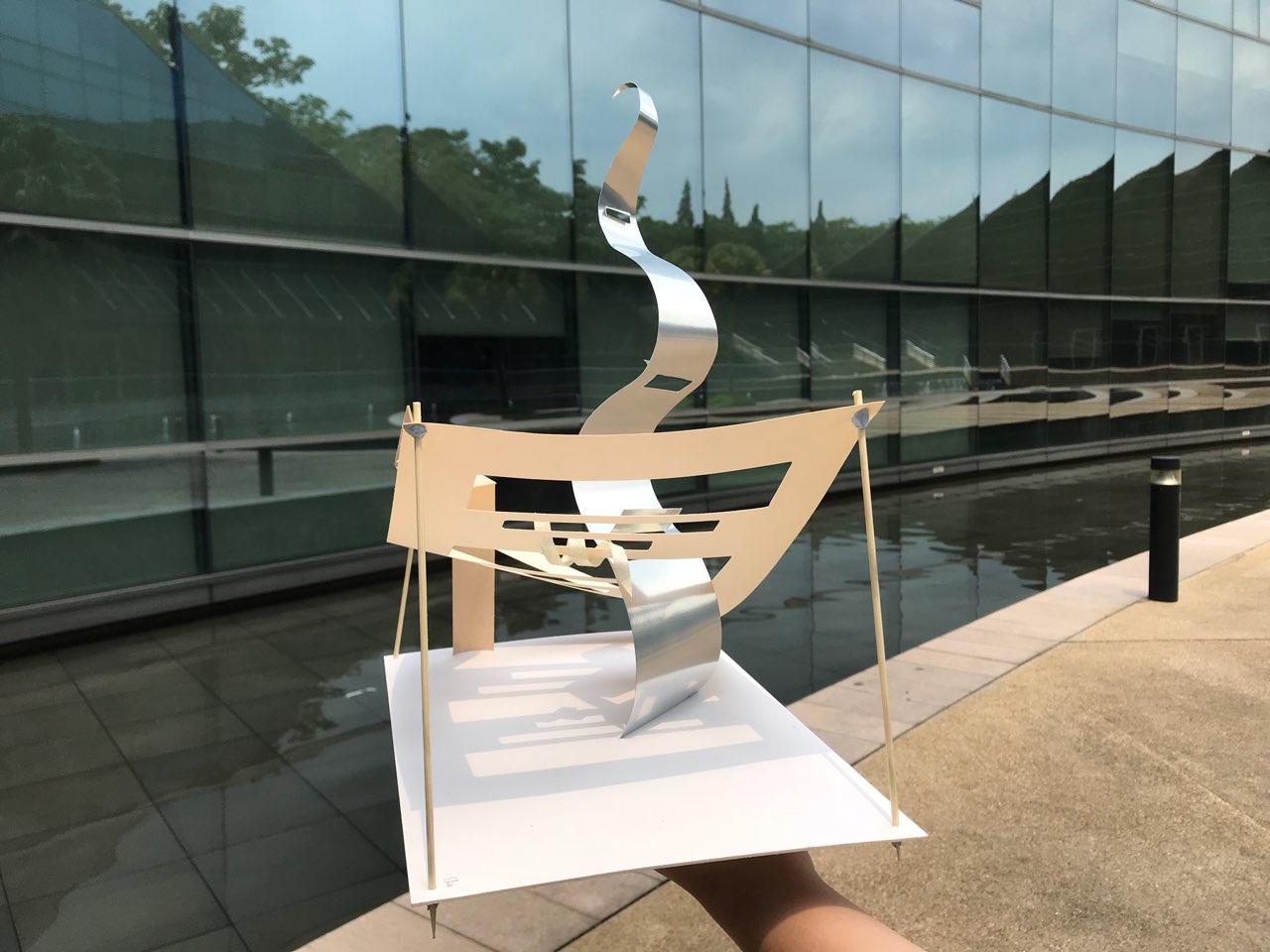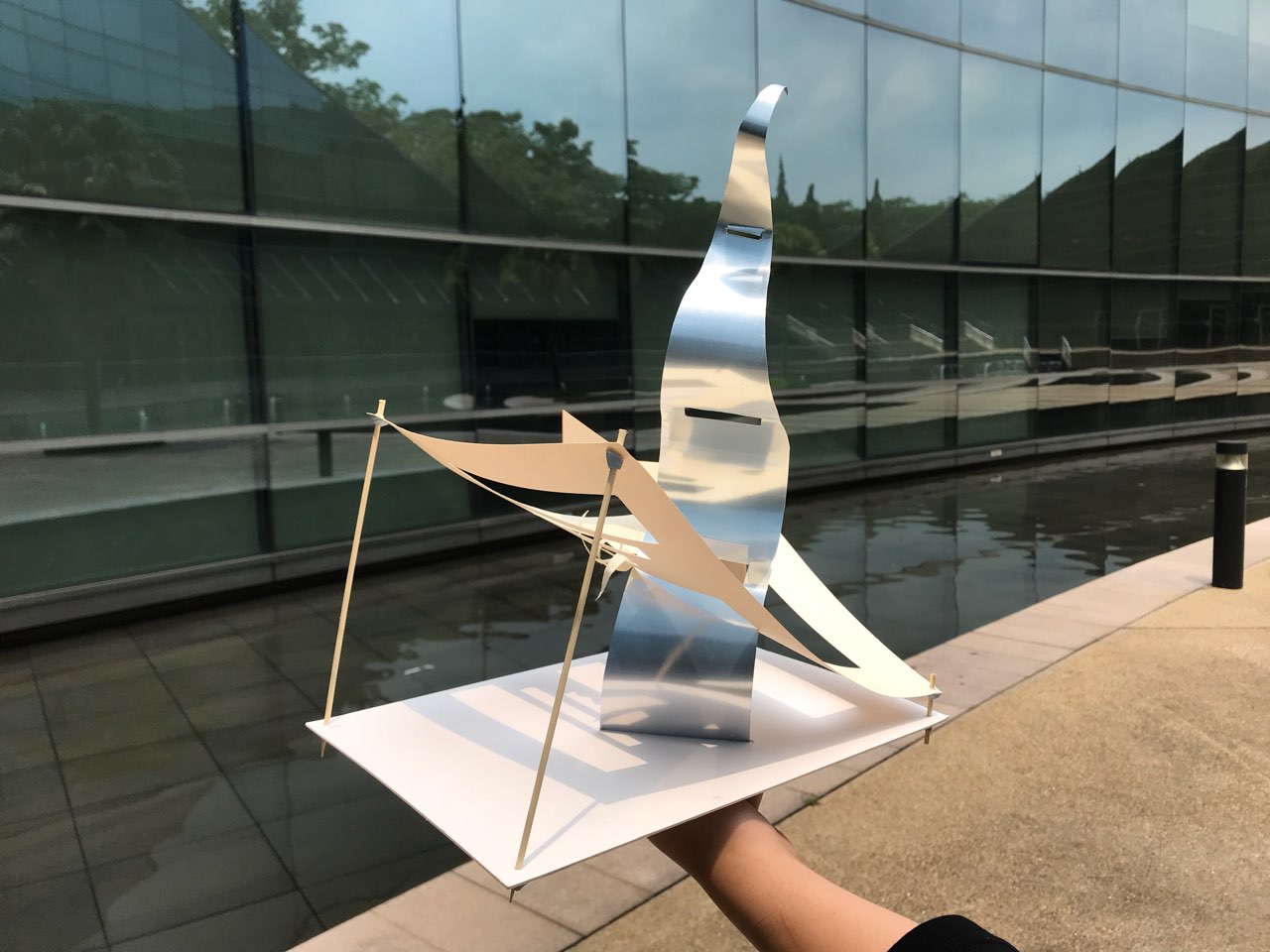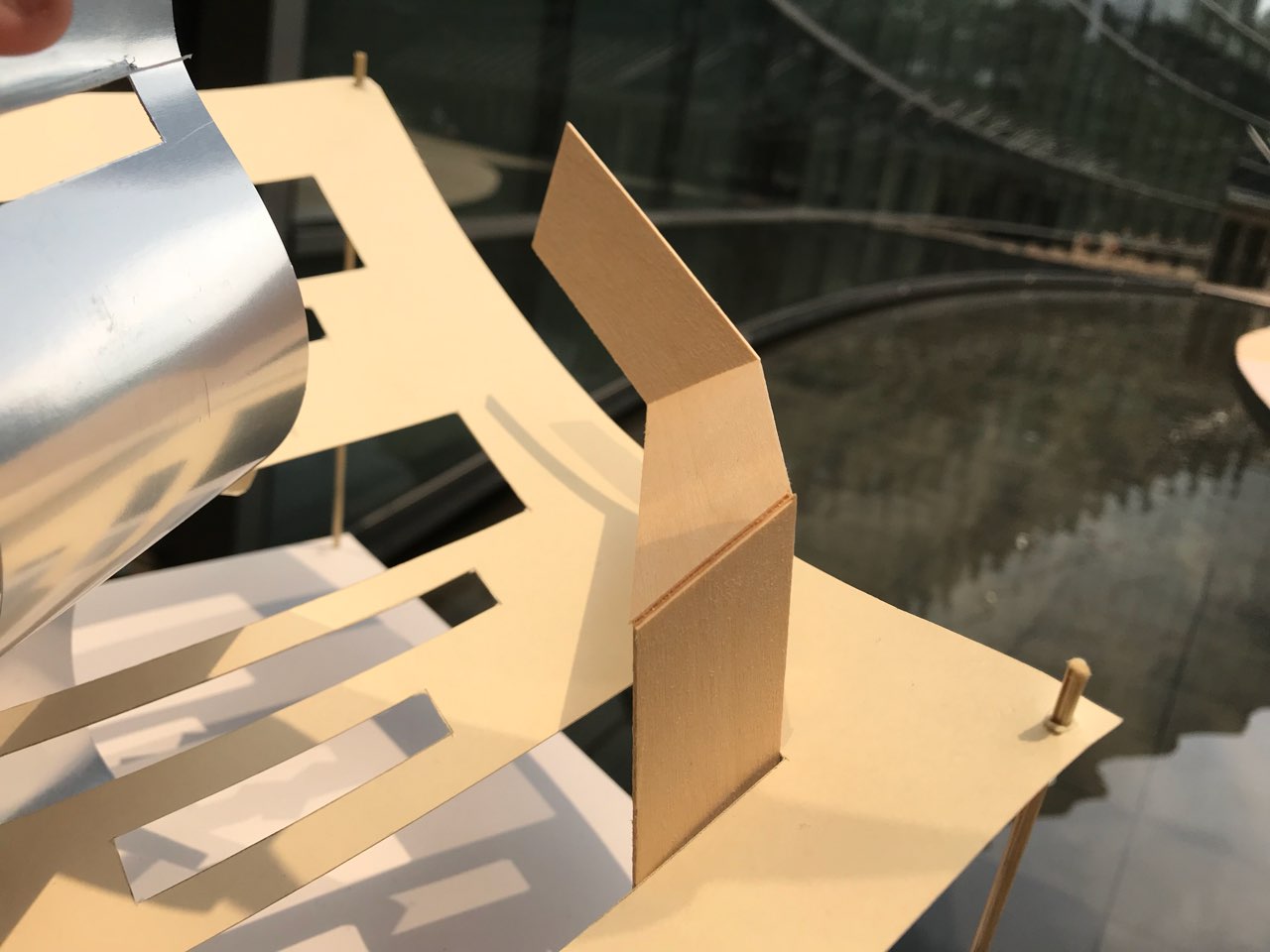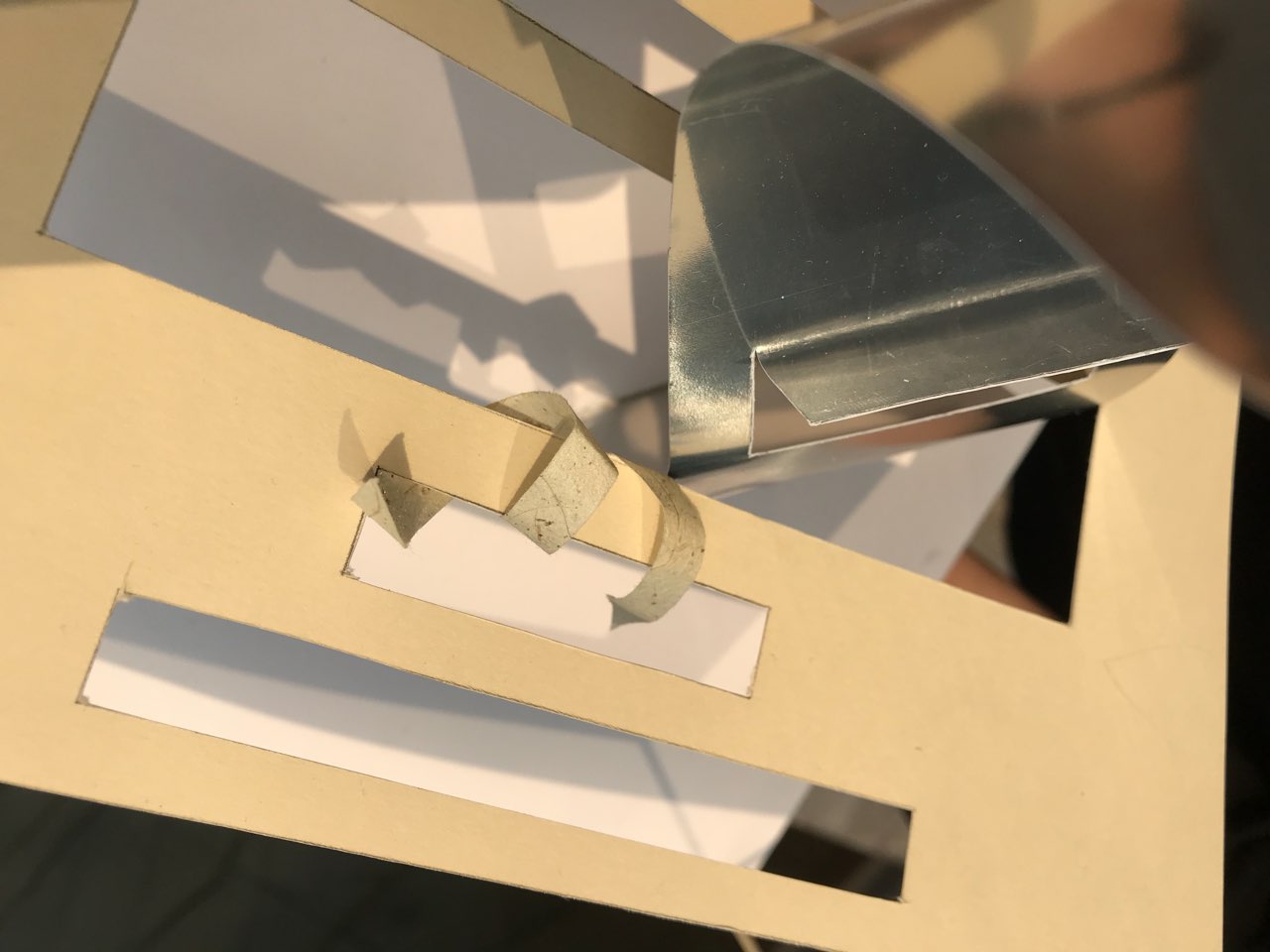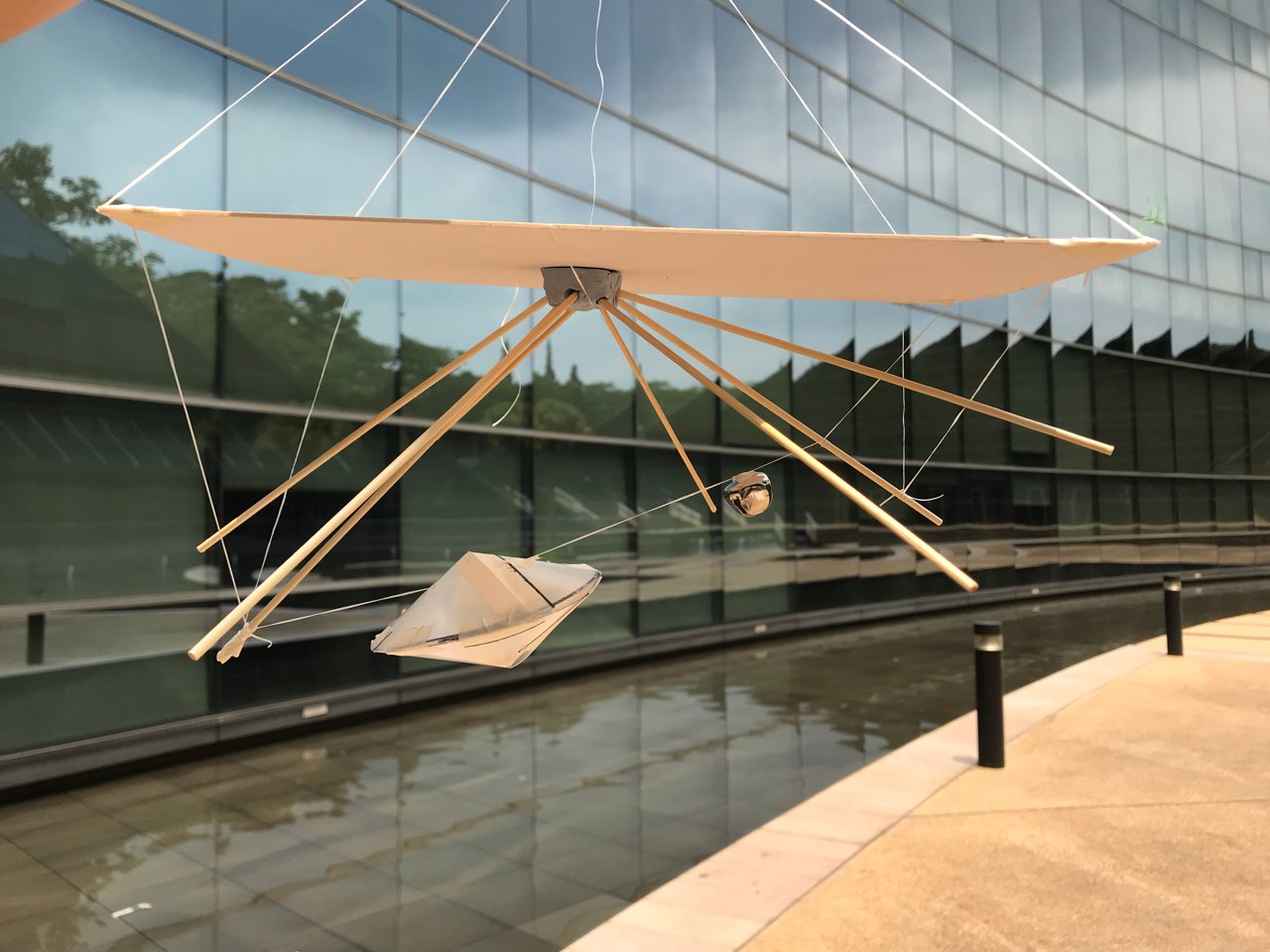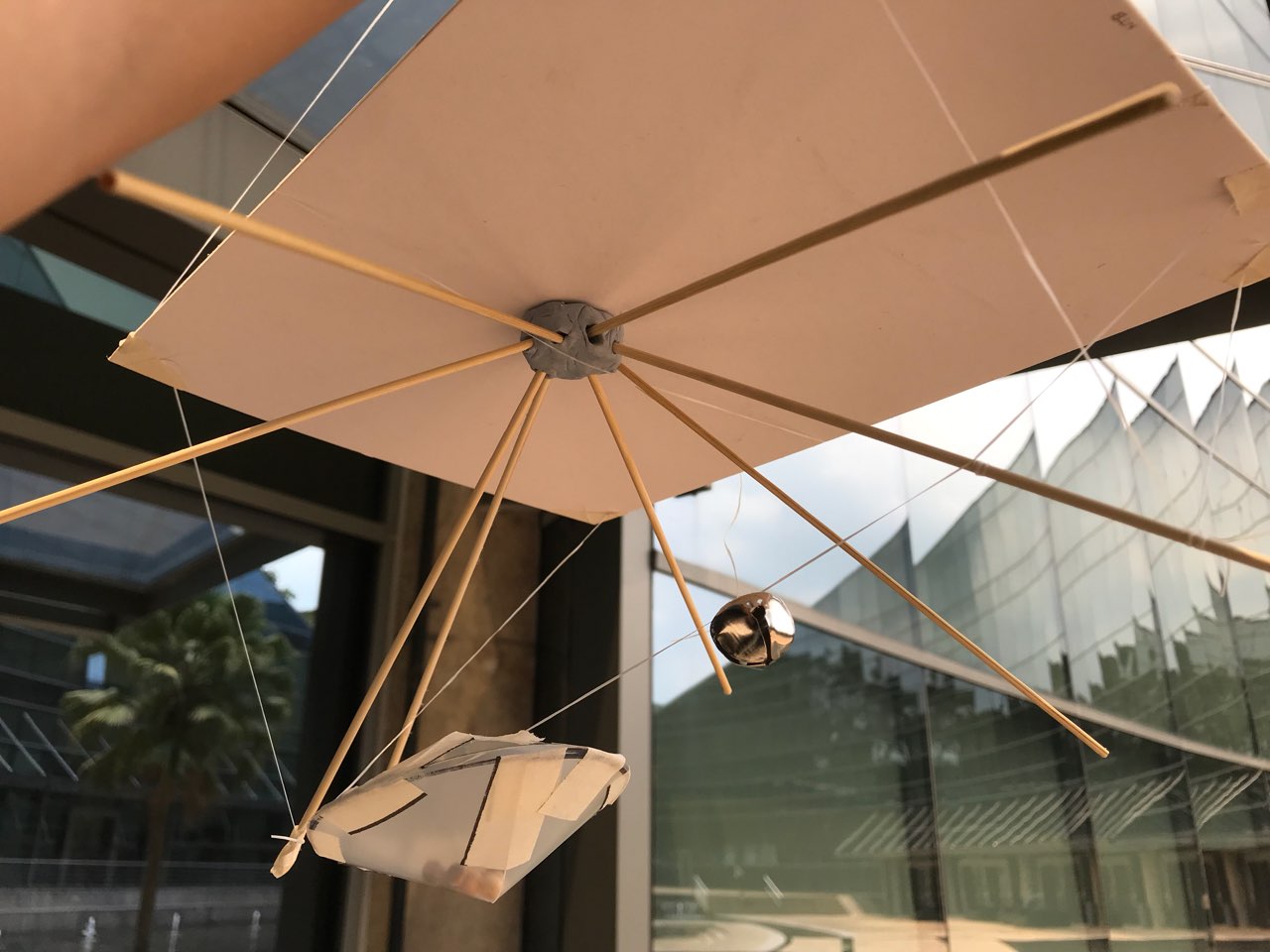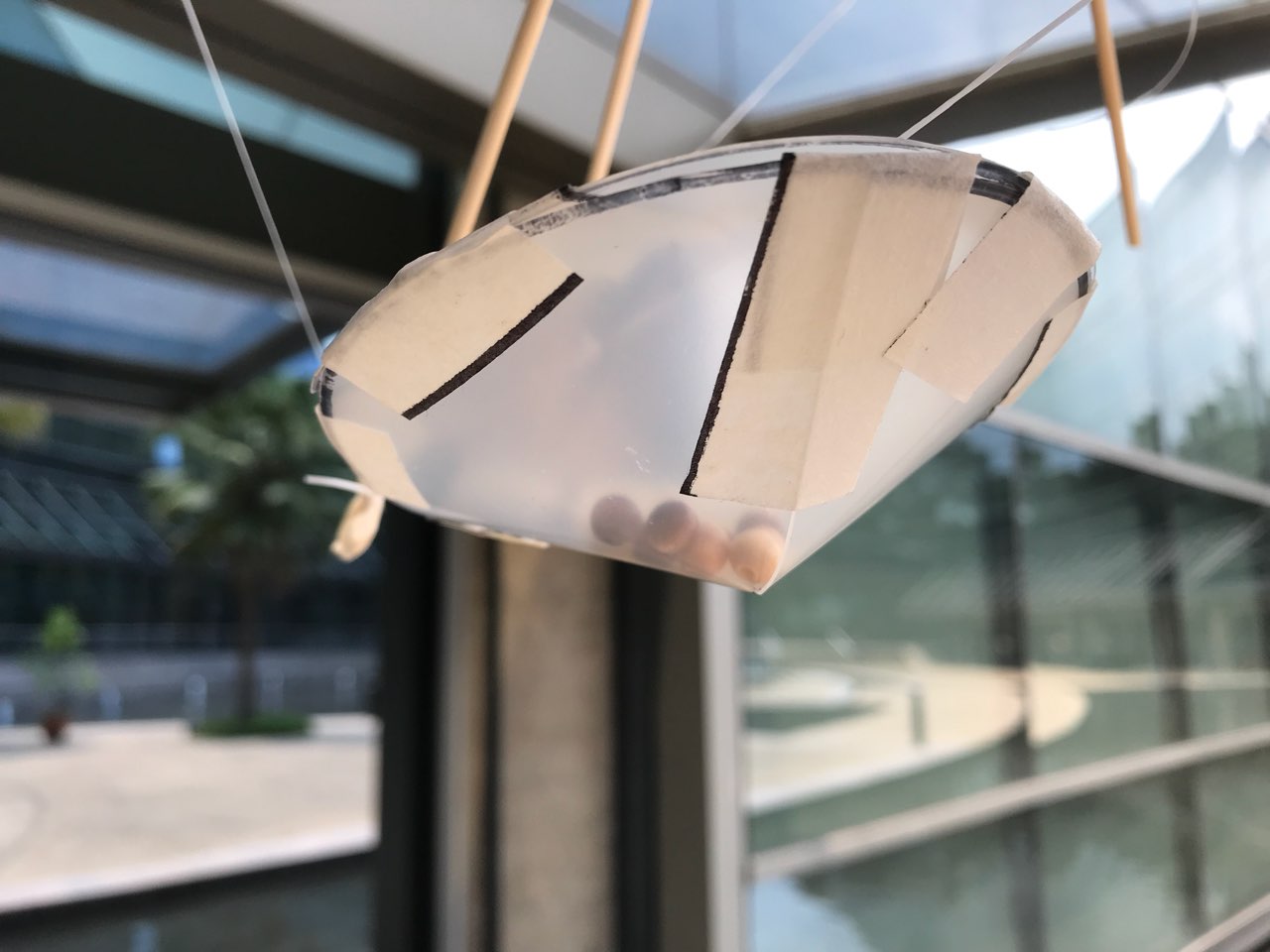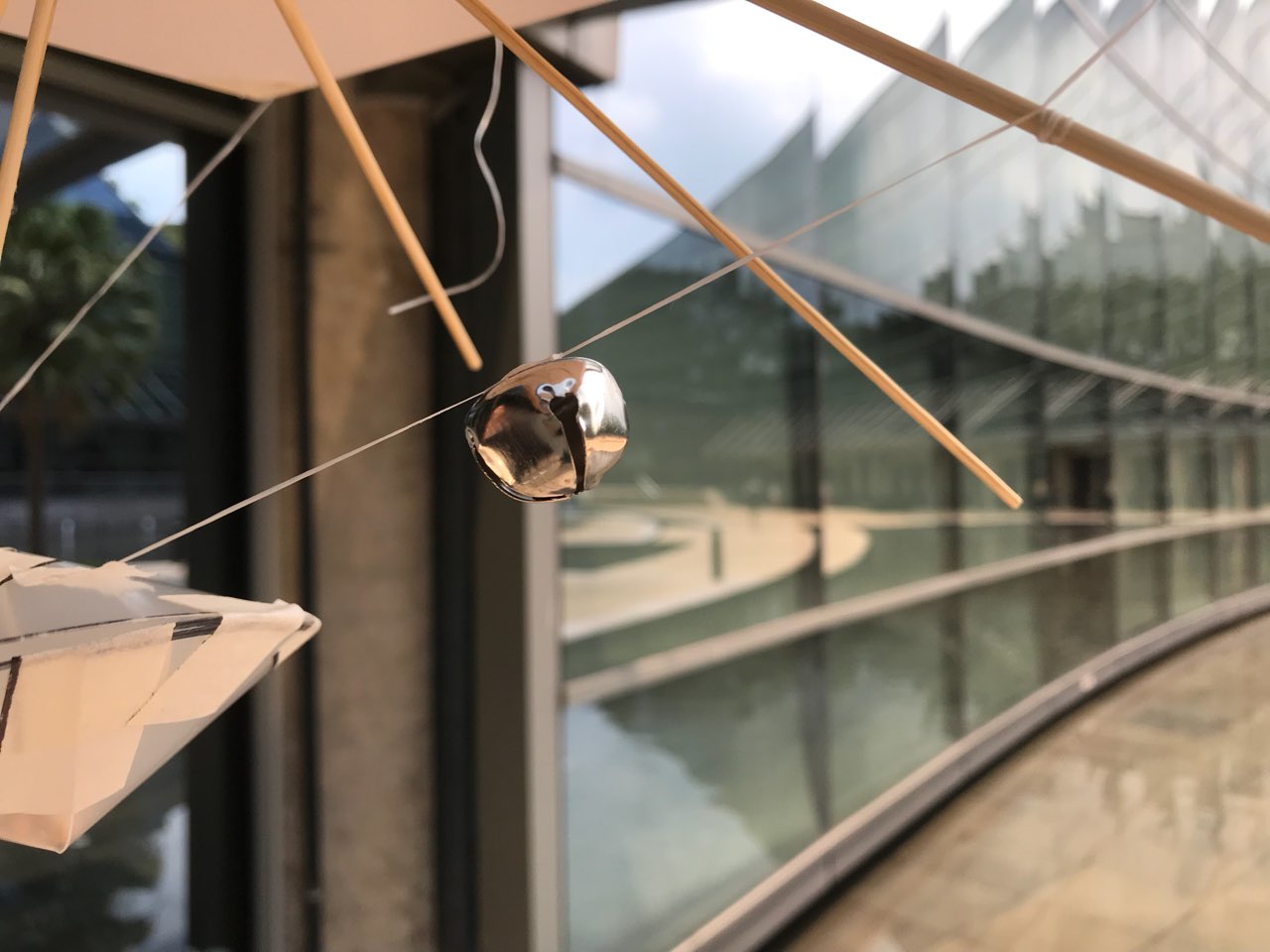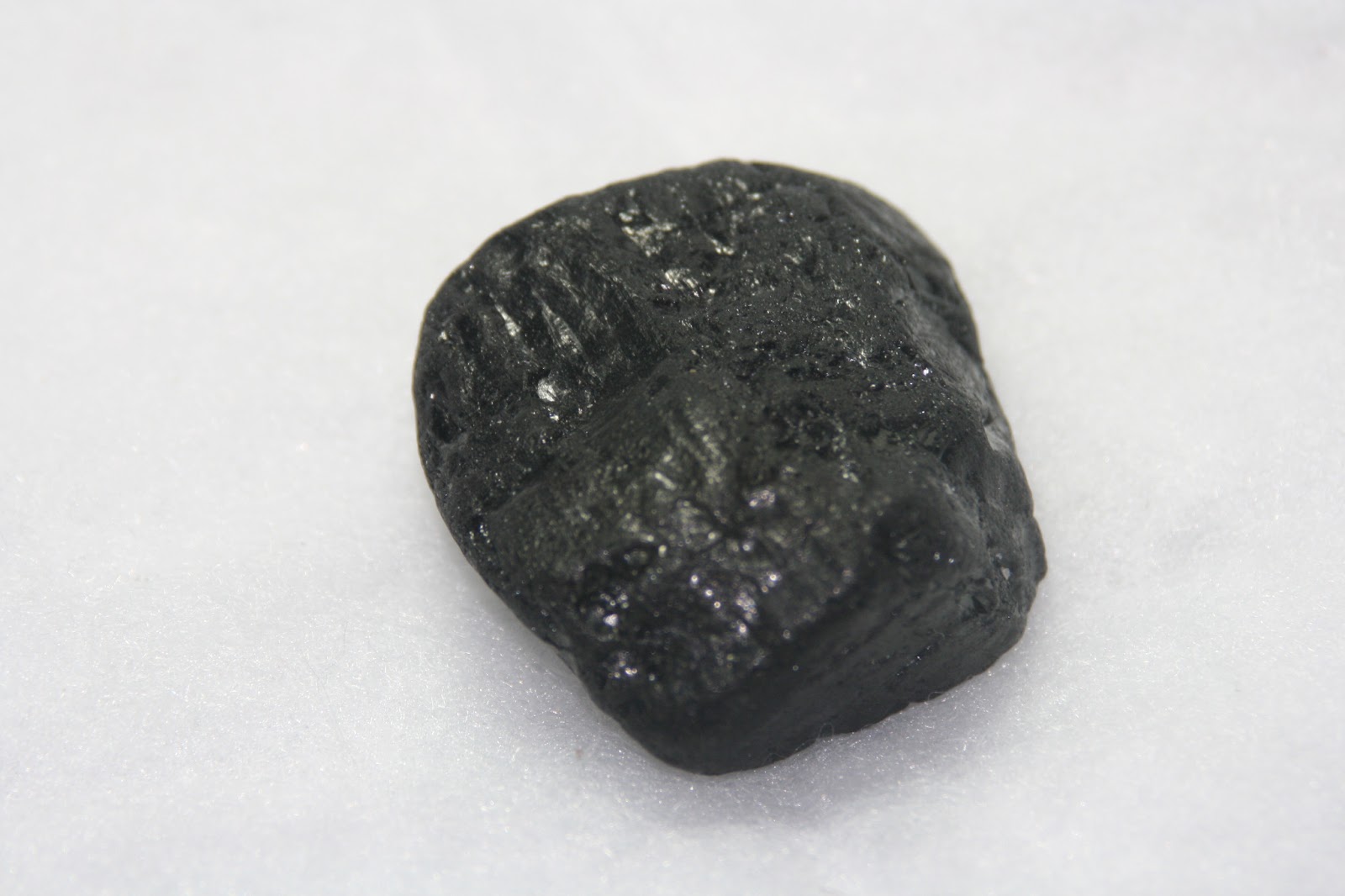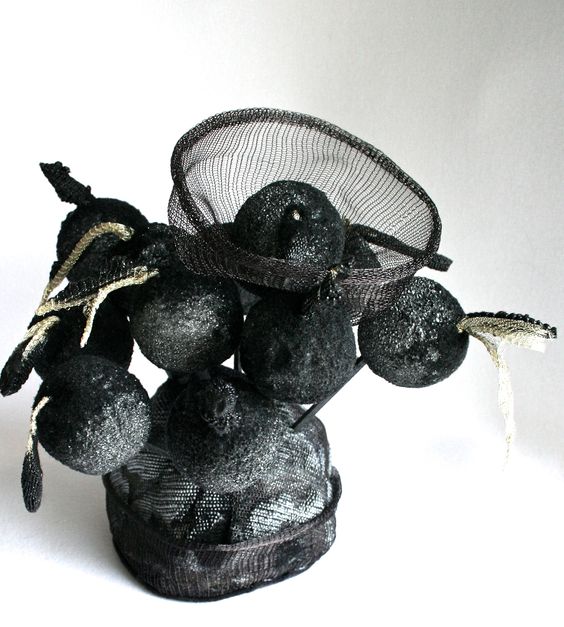Research
Ma (間) is a Japanese word which can be translated to “gap”, “space”, “pause” or “the space between two structural parts.” The spatial concept is experienced progressively through intervals of spatial designation. In Japanese, ma, the word for space, suggests interval.
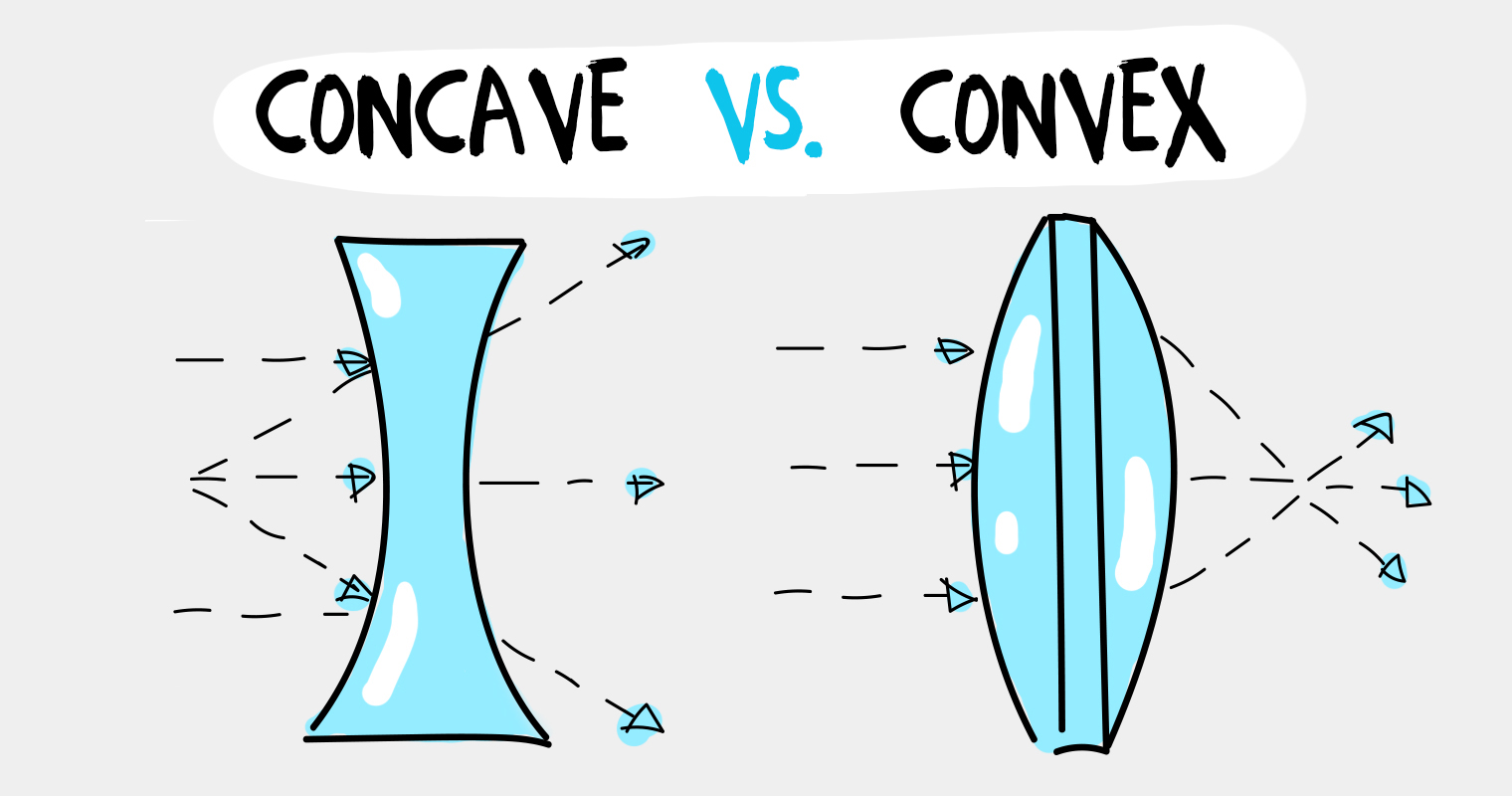
As mentioned in class, convexity and concavity also come in play when taking about negative spaces. A concave is a surface that is curved inwards and is hollow whereas a convex is a surface that is curved outwards and is bulging.
Our Sound Pattern
Pattern 1 – The Spooky Sounds
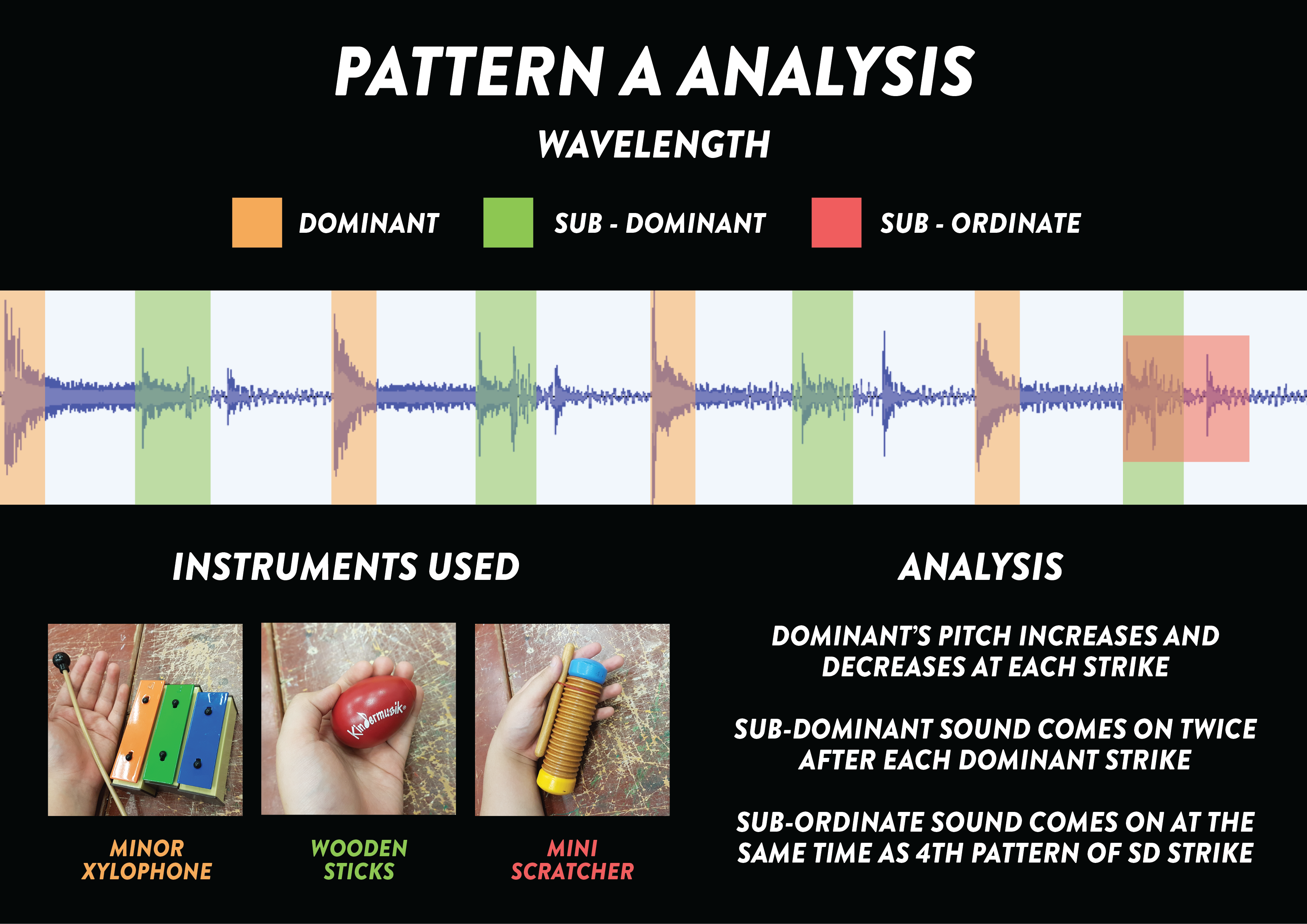
Pattern 2 – The Bustling Beats
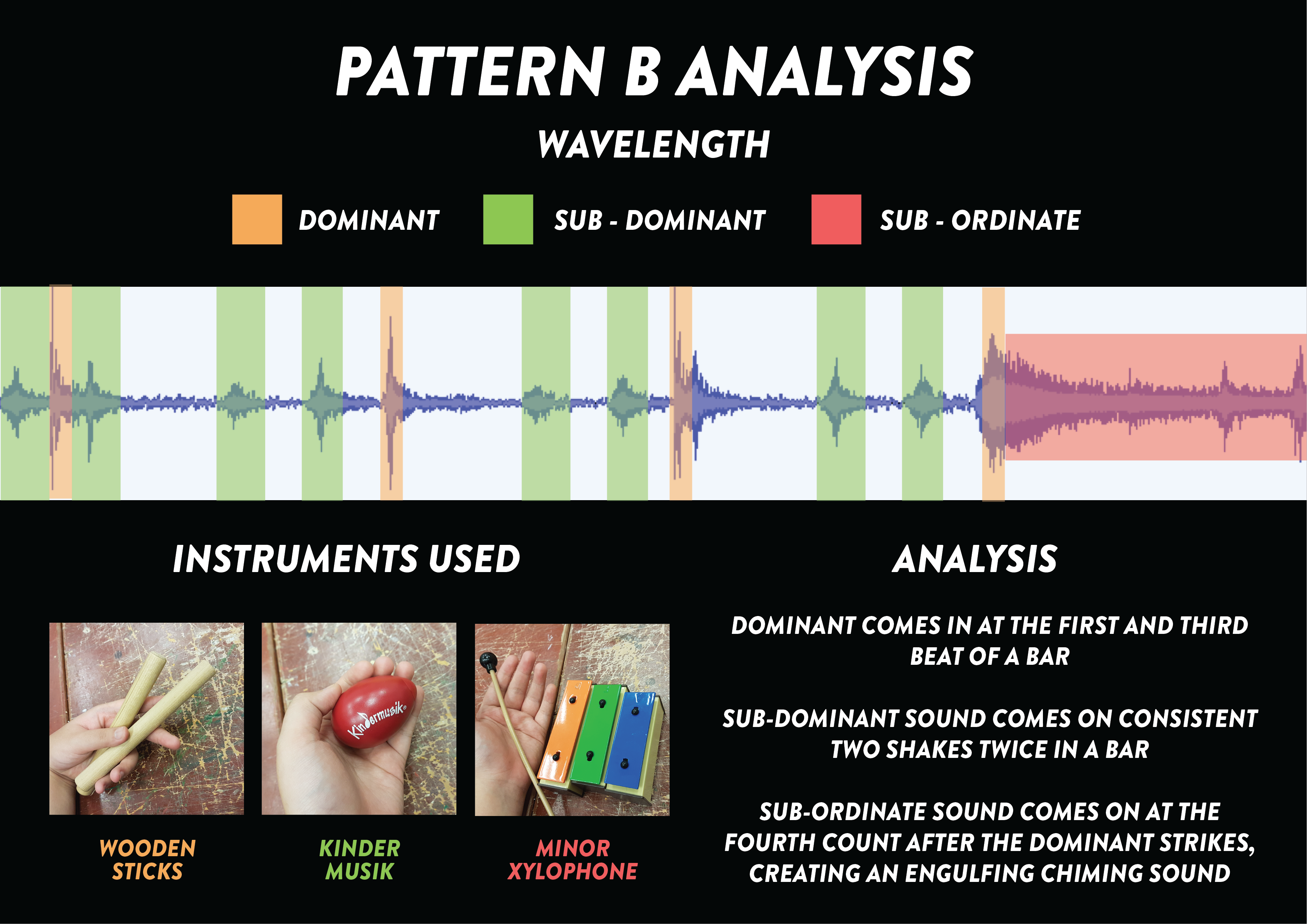
Translating our analysis of the sounds into modules and actually executing it visually, we have come to a proper visualisation of how our moodbox would be for both our sounds. We started off with a very rough moodbox before improving on it to create a much clearer, cohesive and put together mood box.
Mood Box A
As the soundtrack for mood box A is relatively spooky due to the minor chords, we decided to go fo something spiky, sharp and has a couple different textures.
The spiky metallic piece is the Dominant piece and sound of this mood box. The pice is tapered at the end and has a sharp edge. There are 3 cut-out rectangular shapes that are decreasing in size as the shape gets higher and tapered so as to show how the pitch gets higher each time it is striked.
The broken balsa wood plane is our Sub-Dominant piece and sound as it is to show how we used the wooden sticks to strike it twice after the Dominant piece has been striked.
The small twirl of banana paper is to represent our Sub-Ordinate. It is the sound mini scratcher instrument that comes is very quickly at the end of the repetition along with the strike of the wooden sticks.
Mood Box B
The soundtrack for mood box B sounds very bustling and “busy”, and it had a very rhythmic and organised sense of feel to it. The engulfing sound of the xylophone also adds to how we plan to incorporate a sense of “binding” into the mood box.
The equally spaced out satay sticks are to represent our Dominant sound and piece as it comes on every first and third beat of a bar. The satay sticks act as a base for the other elements and it also a very prominent module out of the entire mood box.
The translucent cone with beads inside is our Sub-Dominant sound and piece as it represents the Kinder Musik shaker that goes on consistent four shakes per bar, throughout the soundtrack.
Lastly, the bell is our Sub-Ordinate sound and piece as it represents the minor xylophone that chimes at the end of each bar. The bell is placed singularly as it is to represent how it only comes on once throughout one repetition.
Revised Mood Box A
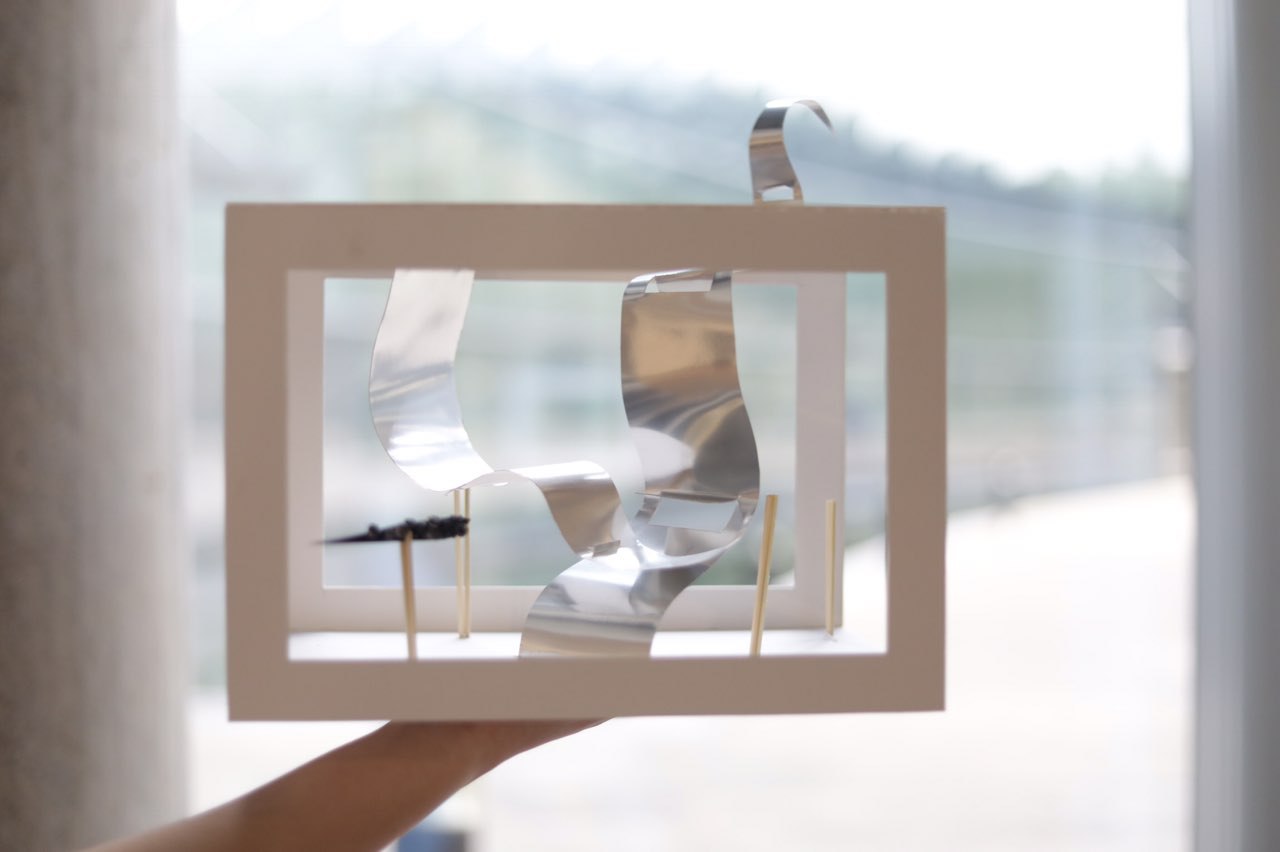
Based on the feedbacks given in class, we made a couple of changes to make our final mood box much more clearer and modular.
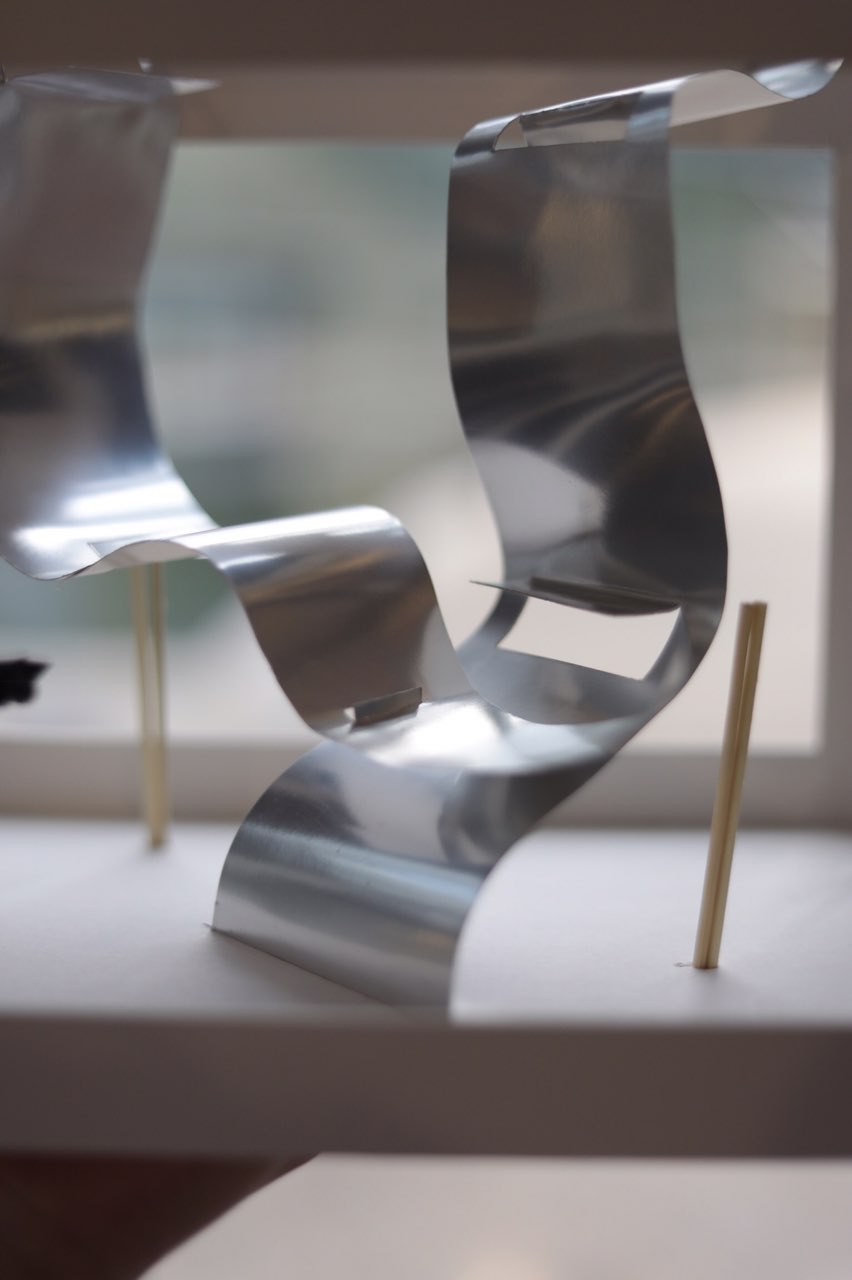
Realizing that our Dominant piece and sound increases and also decreases in pitch, we made another similar tapered piecebut this time, putting it from air to almost-ground, clearly indicating how the pitch decreases after hitting the third and highest note of the xylophone.
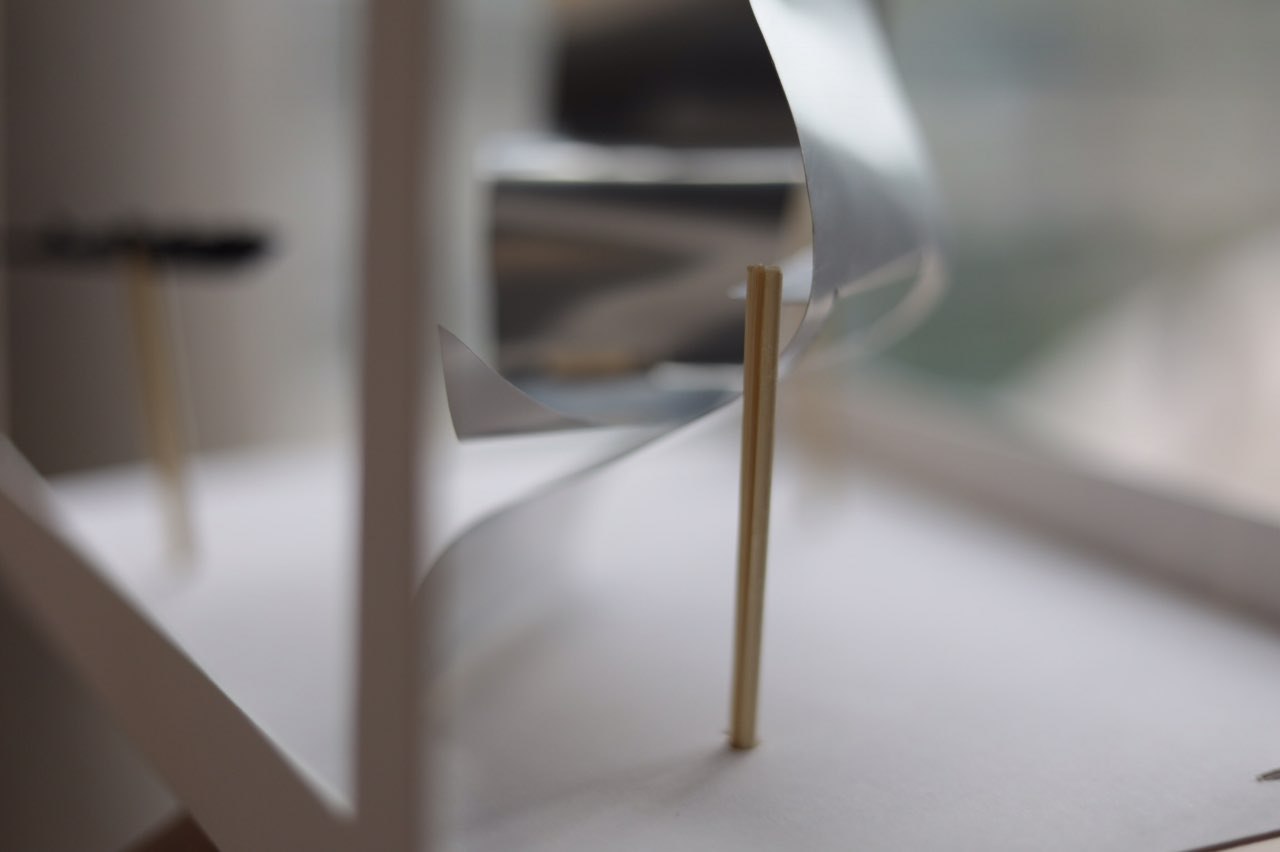
The Sub-Dominant piece which used to be the broken balsa wood piece has been changed to pairs of quarter satay sticksand it is not being repeated four times in the mood box so as to show how the Sub-Dominant sound of the wooden sticks coming in 2 beats after each Dominant sound has been striked.
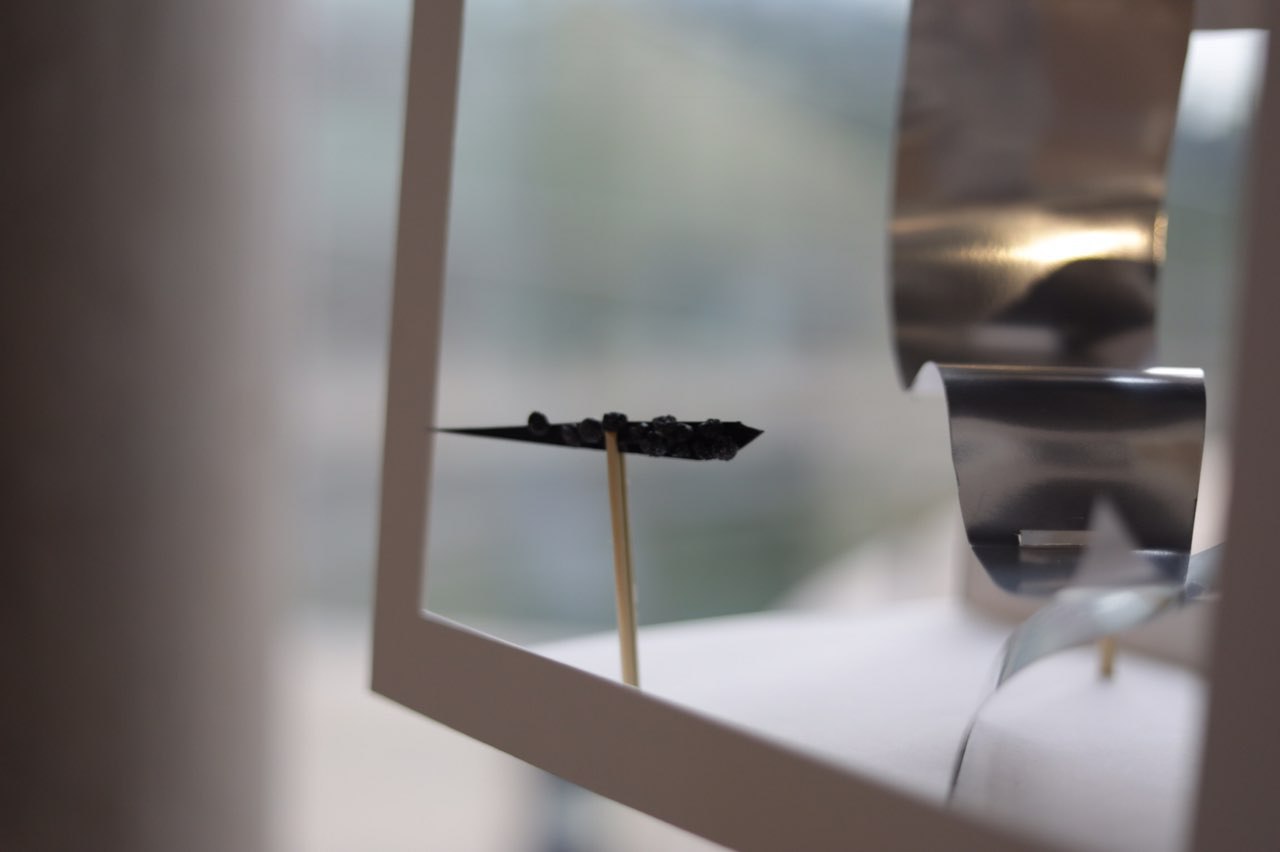
The Sub-Ordinate piece had been changed to a sharp shard of card with a texture of foam balls on top of it. The piece has also been wedged onto one of the four satay sticks. This is to make it clear how the scratch sound from the mini scratcher comes in at the same time as the wooden sticks, nearing the end of the repetition.
Revised Mood Box B
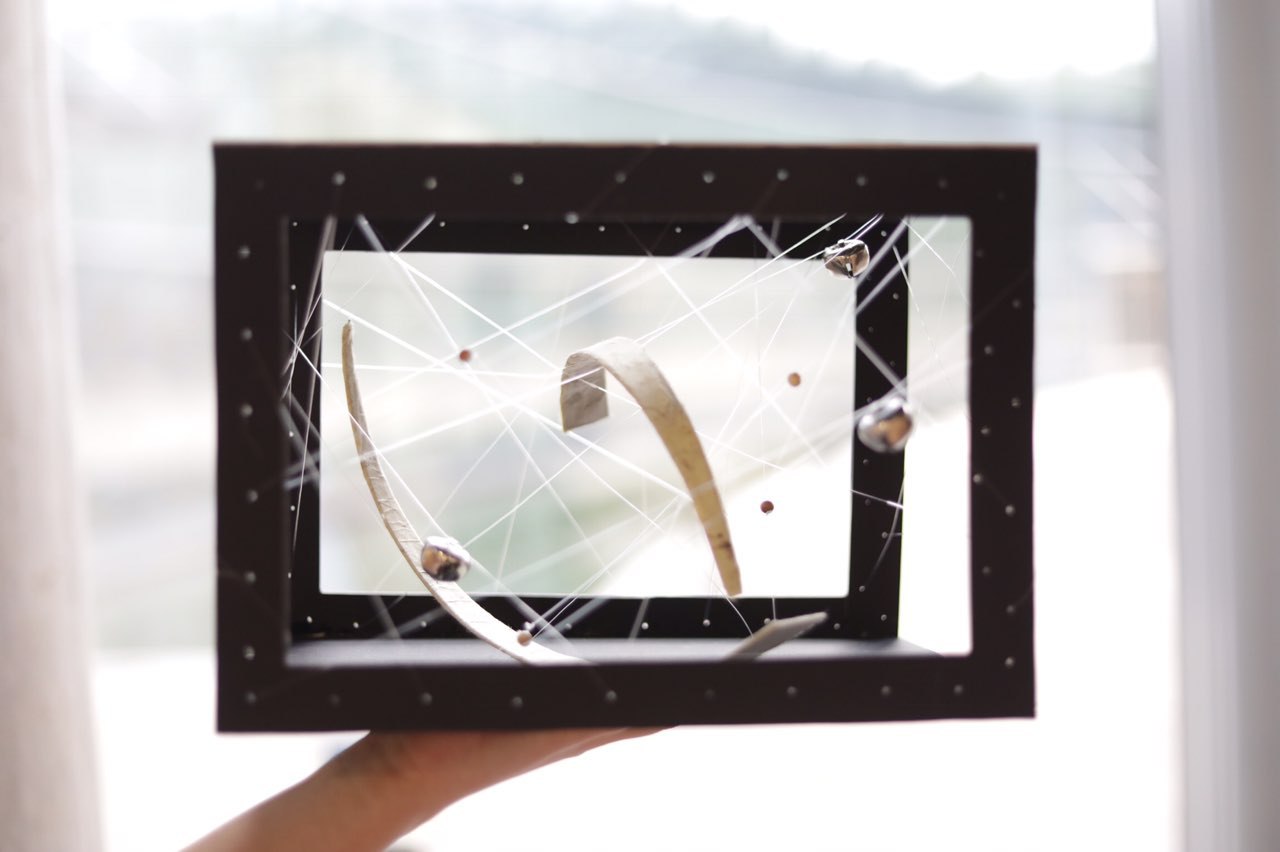
We have almost completely changed the basic form of our mood box B to make it much more interesting and exciting.
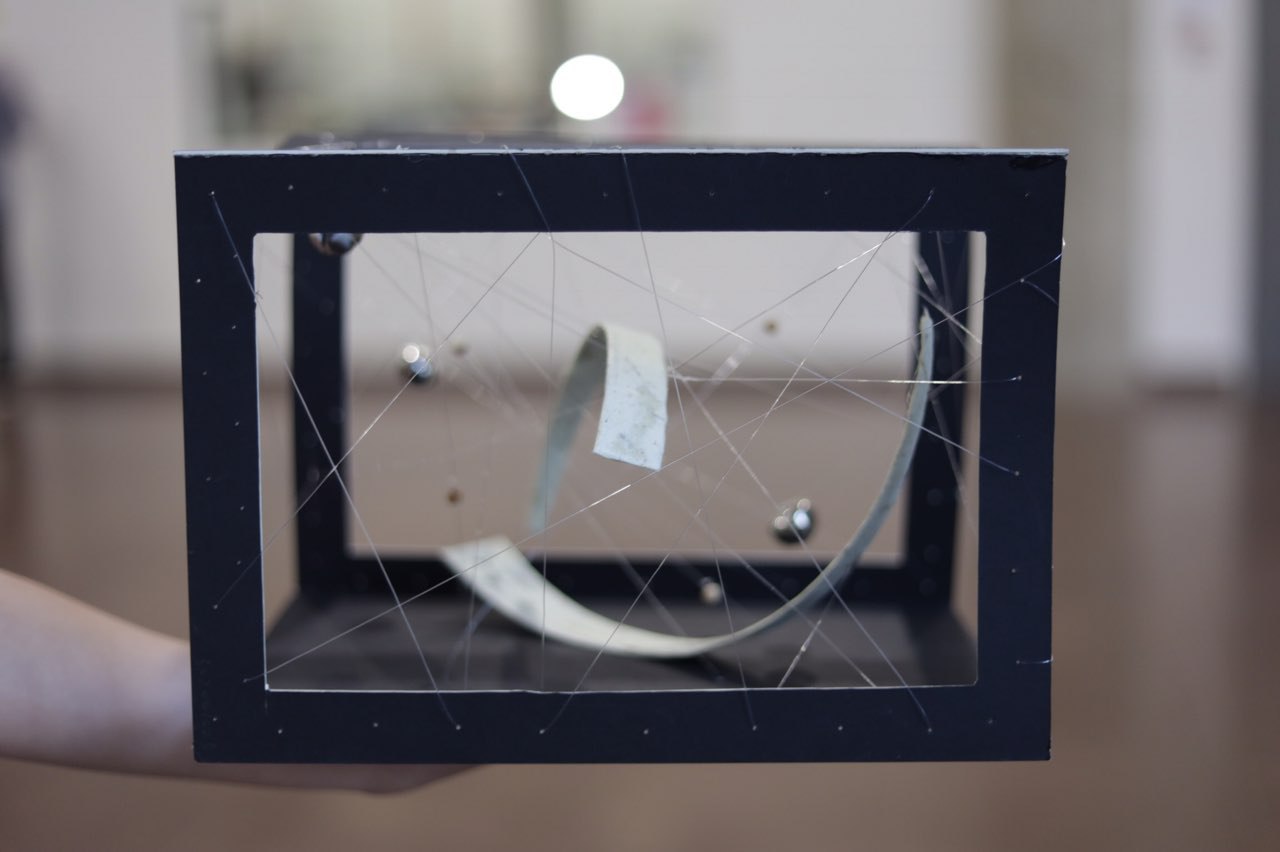
The Dominant piece has been changed to 2 tapered curved planars, representing the two counts the wooden sticks strike in one bar, making it much more clearer. Instead of the satay sticks, we used the banana paper to create a much more textured feel to the piece.
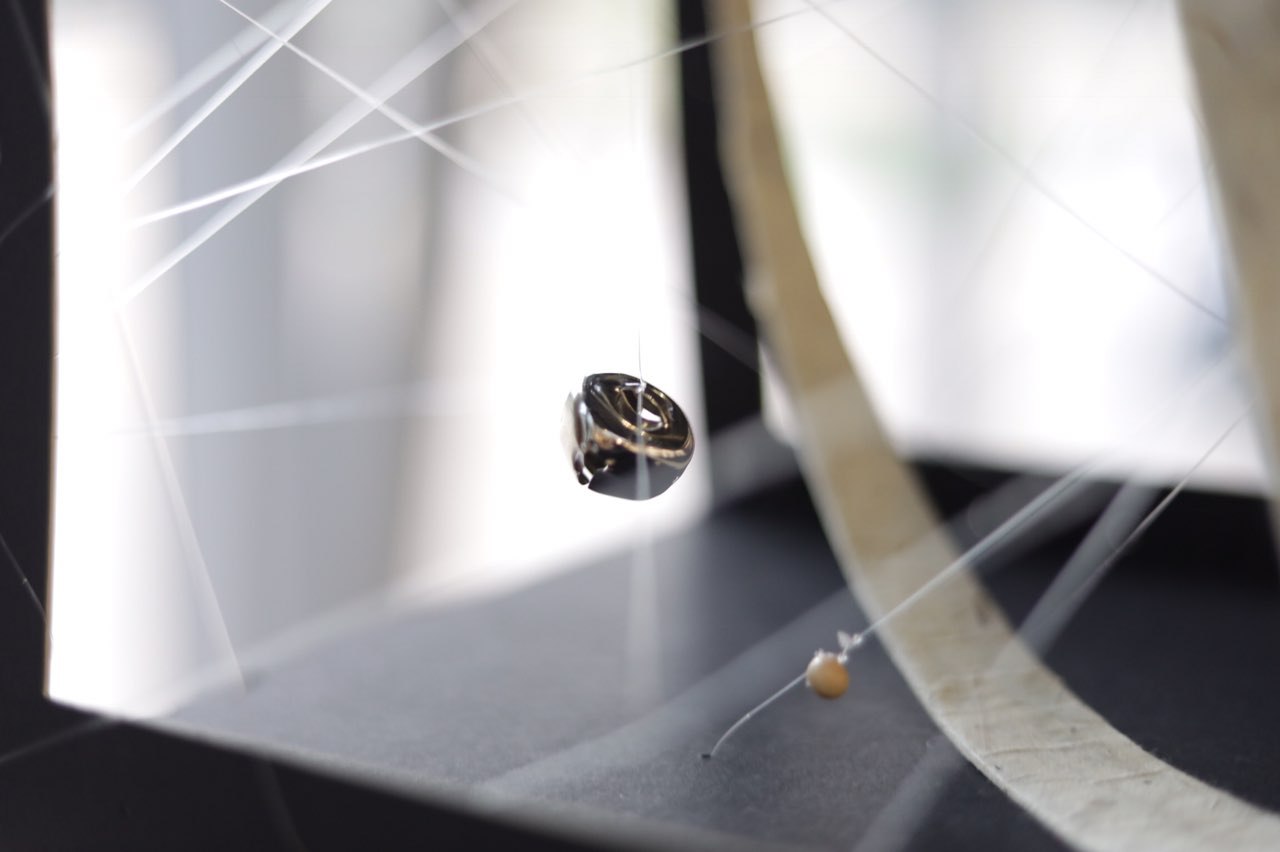
We incorporated translucent threads all around the box to show how our Sub-Dominant and Sub-Ordinate sounds are able to engulf around the Dominant sound. as such, our Sub-Dominant had been replaced with 4 sparsely placed beads to represent the 4 beats that it comes in, in one bar.
The Sub-Ordinate remains as the bell but it has been increased to show a better presence and it is placed on the outer region of the box, as compared to the beads which were closer to the centre of the box to show how it engulfs the sound more when it is being striked.
Mind Map
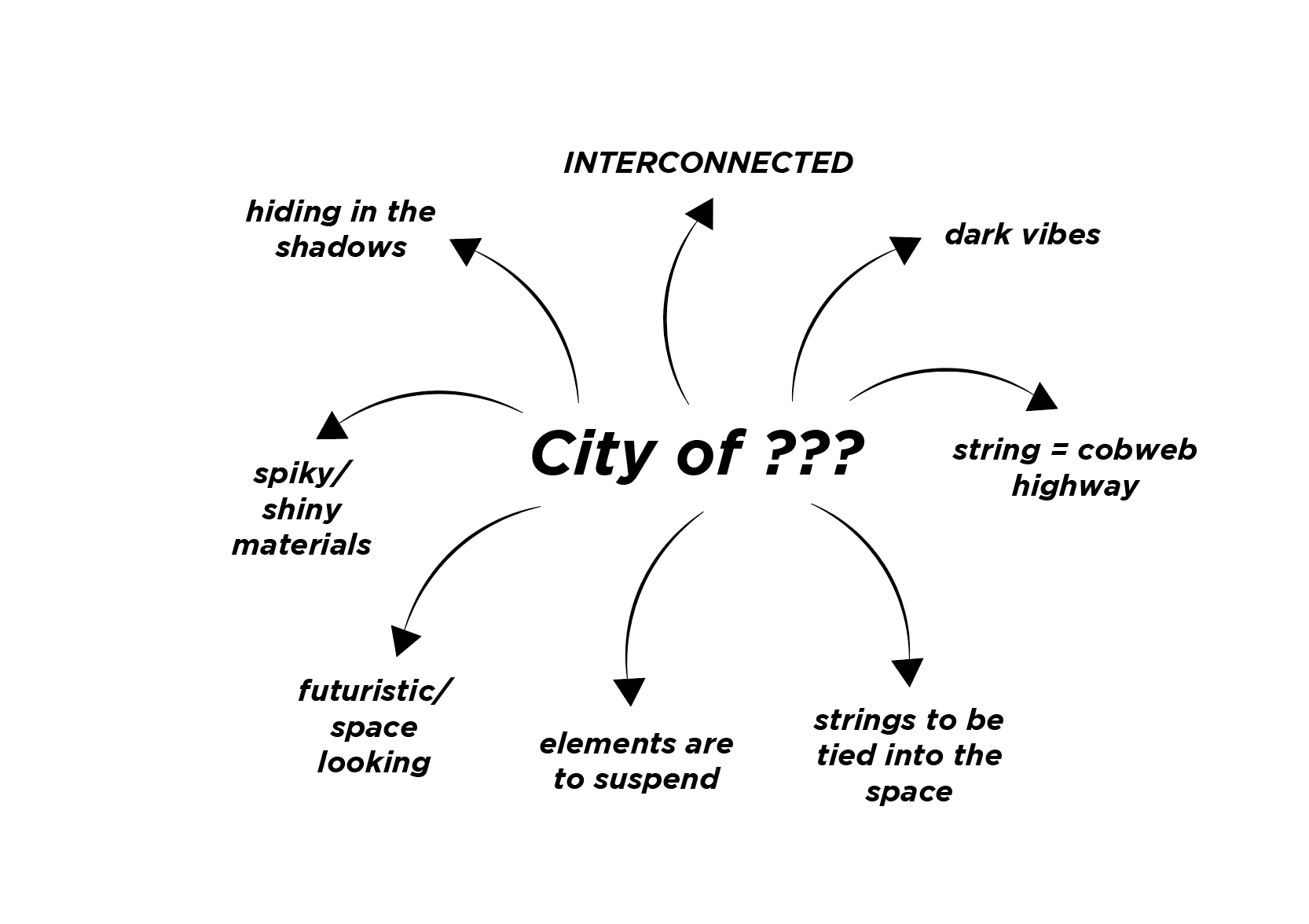
We will be exploring Mood Box B further in creating our final model as we thought that the suspension idea would be very interesting. In addition, we would have to change the materials of our planars to make it modular with our habitats.
Modules
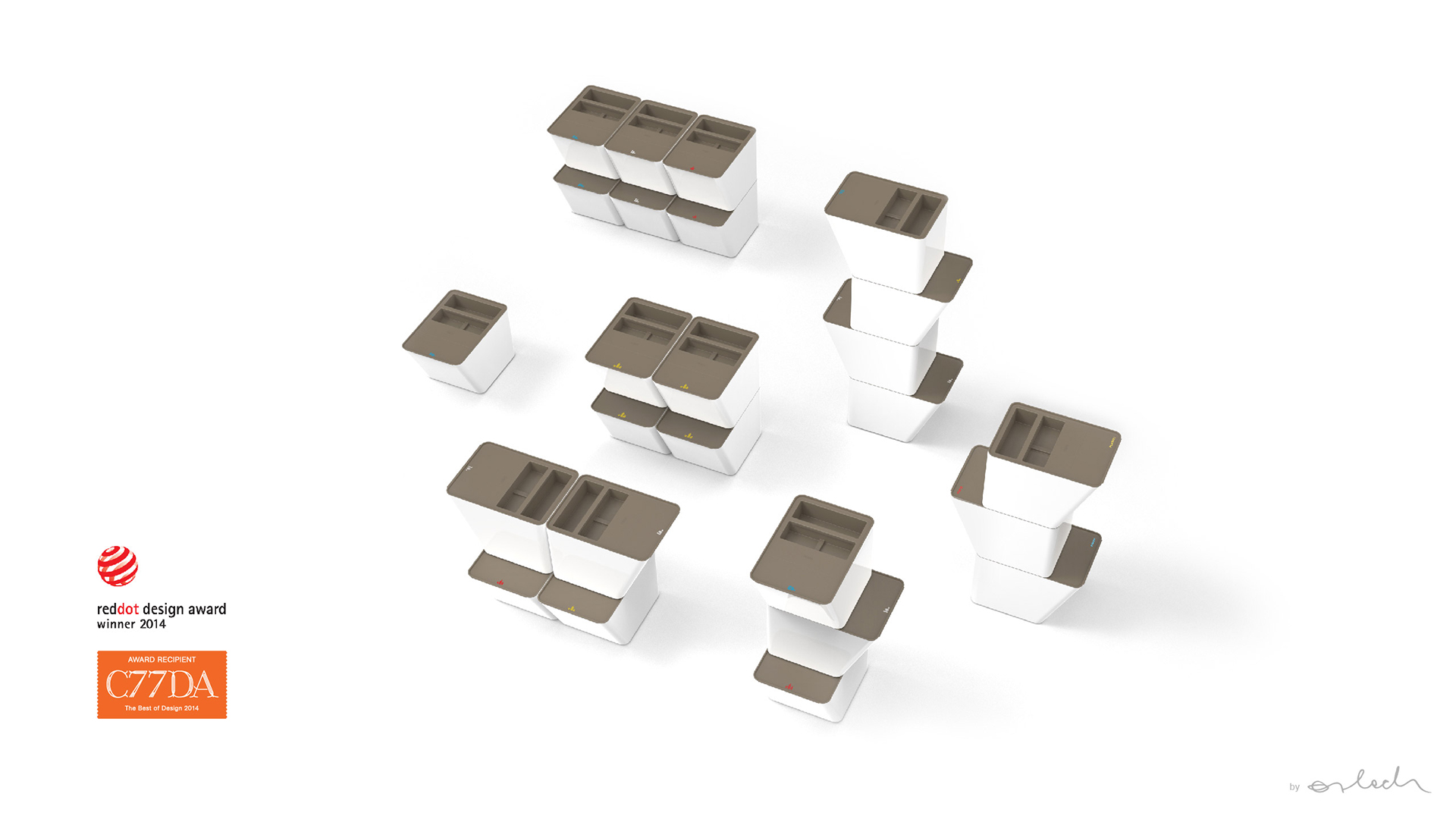
Modules is also a term that is actively used in architecture. A module is set of standardised parts or independent units that can be used to construct a more complex structure, in our case, our city.
In architectural terms, modules are a design of any system composed of separate components that can be connected together. The beauty of modular architecture is that you can replace or add any one module without affecting the rest of the system.
Modular Objects
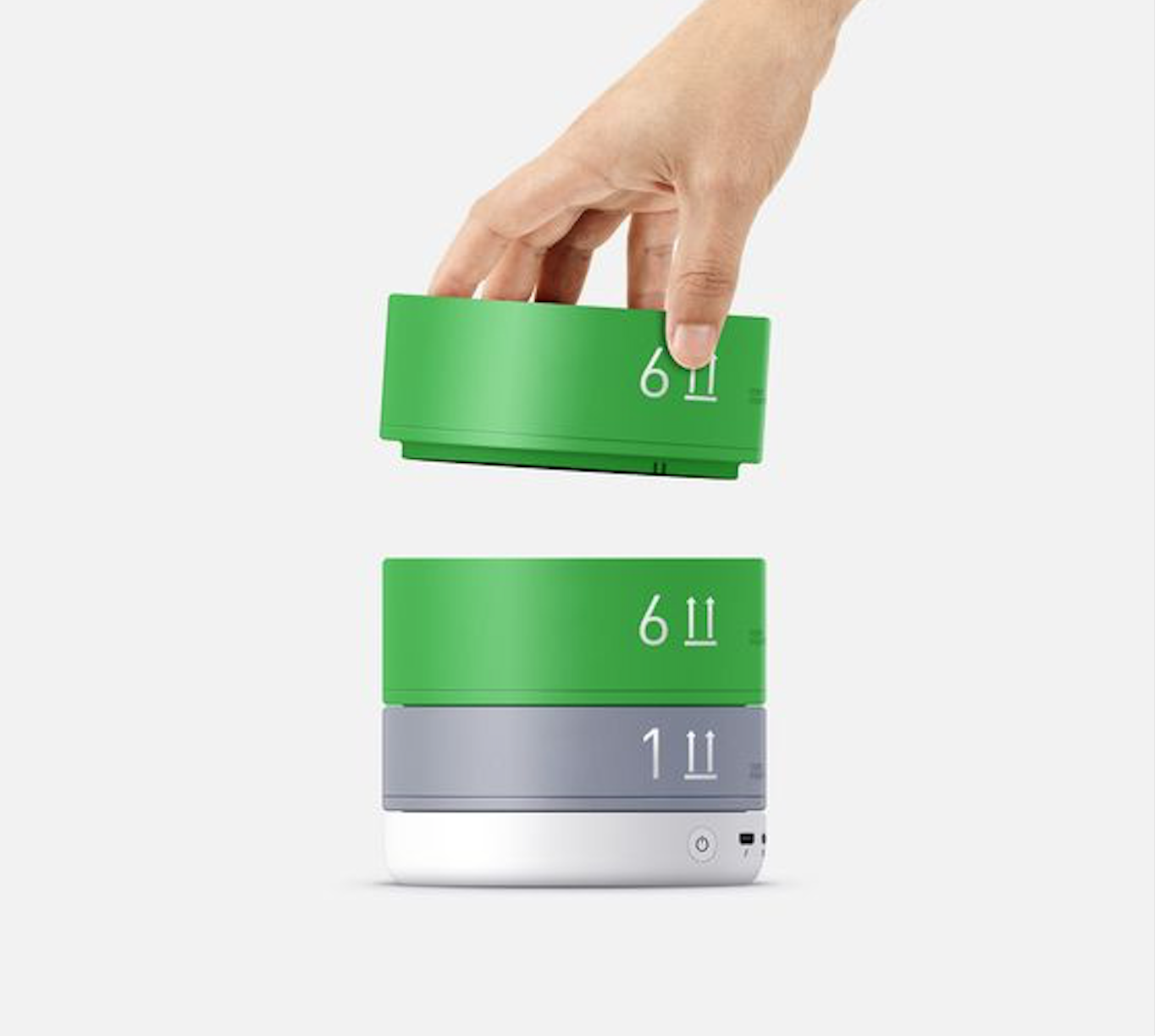
Modular objects are relatively smaller in scale as compared to modular furnitures and even modular architecture. For instance, in the image above, the speaker is seen as a modular piece of object as the different tiers are all in a circular module shape that stacks on top of one another to create a bigger speaker.
Modular Furnitures
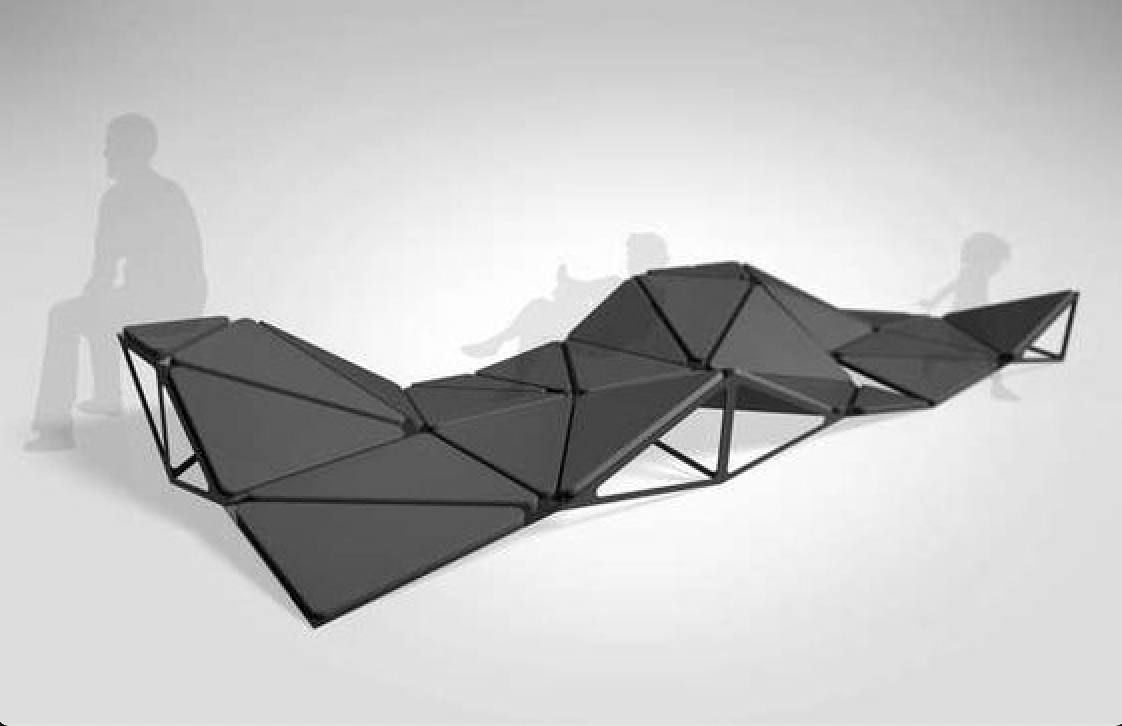
Modular furnitures are a great way to furnish an interior beautifully. Modular furnitures look absolutely cohesive and simply makes furnitures look futuristic, minimalistic and fun to interact with. Furnitures that commonly use modules are sofas, chairs, room divider and book shelves.
Modular Architecture
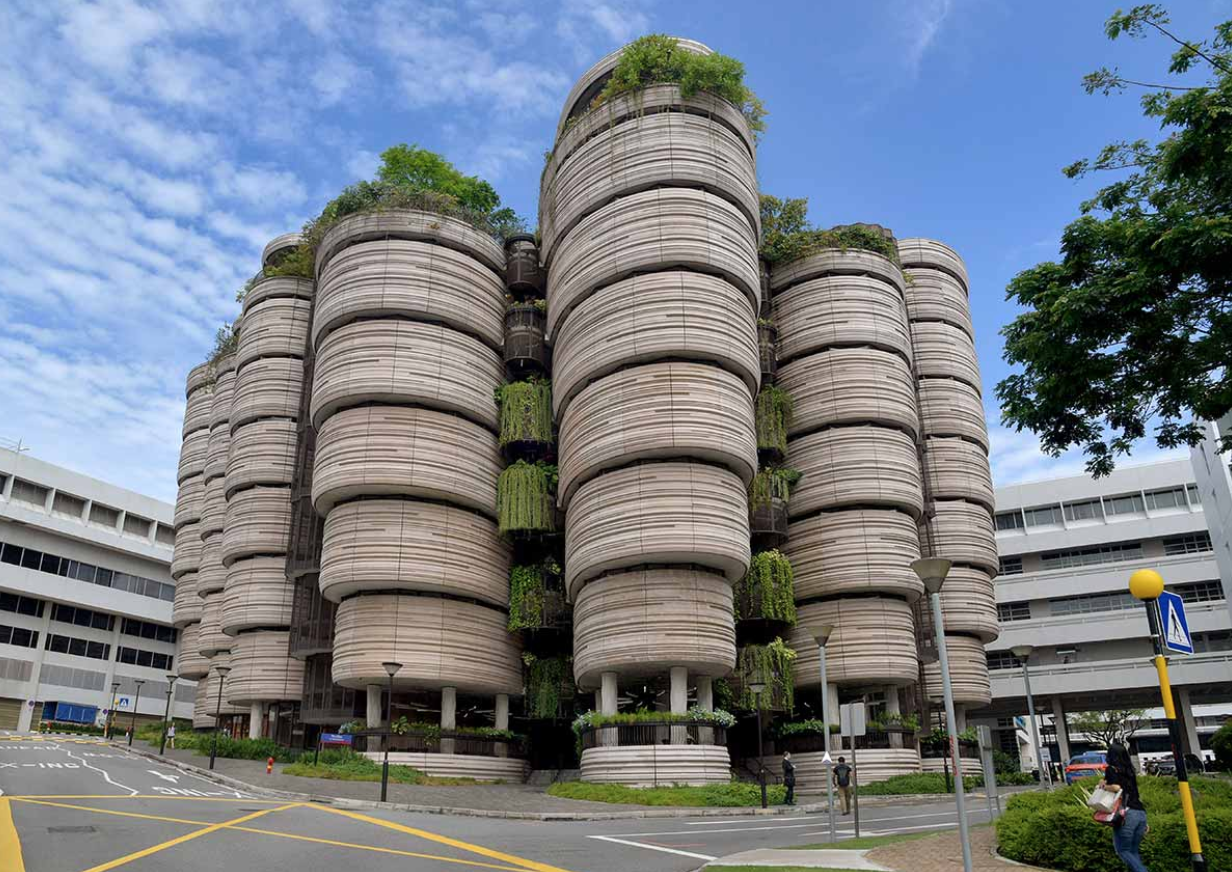
Modular architectures are larger in scale than the two previously mentioned modular objects. Modular architecture saves space as compared to normal architecture as the specific material used might help in setting the boundary. Modular architecture also harmonises the building as a whole and it is apparent in the Hive at NTU. It uses a rounded module for each classroom and thus on the surface, looks very cohesive, creating a bee hive-like structure.
Mood Palette

The mood that we will be going for would be mysterious and suspense. We are planning to use black, silver and an accent purple colour to illuminate our city. The modules would be in black and metallic silver and will be varying in size. The strings would resemble that of a laser security room where the lines are from one end to another, causing visitors to manoeuvre their bodies when they come.
